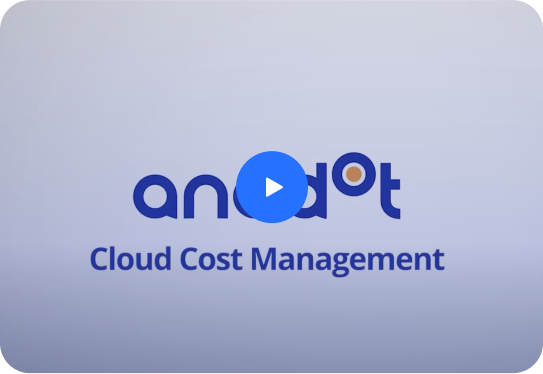Do you know what’s driving costs in your multicloud and Kubernetes environments?
Cloud costs cannot be aligned with business goals if you lack granular visibility into what drives increased spending. A rapidly scaling multicloud or Kubernetes (K8s) environment can make it difficult for you to understand what exactly is going on.
Cross-functional FinOps teams must be able to track and report cloud spend across multiple cloud platforms and siloed teams. While many cloud management platforms can uncover these costs, the complex task of tracking them collectively over time and delivering insights requires a combination of tools.
Assess your multicloud visibility
A clear understanding of your cloud and K8s usage and costs is critical to getting the most value out of your multicloud investment.
To understand if you have complete visibility, start with these questions:
- Can you see all your multicloud and Kubernetes data in one screen?
- Is your data fresh? Is it granular? Is it normalized and enriched?
- Do you have access to historical data? How far back?
- Is your organization successfully executing your tagging strategy? Where are your gaps? Can you tag untagged resources?
- Can you accurately tie spending data to relevant business dimensions?
- Can you allocate 100% of your cloud costs? If not, can you surface your unallocated costs?
- Does each stakeholder in your organization have the views and dashboards they need?
- Can you detect anomalies across cloud providers and teams?
- How accurate are your reports, budgets, and forecasts?
- Do you know your cloud unit costs, like cost per customer or product feature?
Still don’t have complete visibility despite multiple FinOps tools in place?


